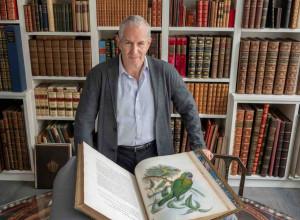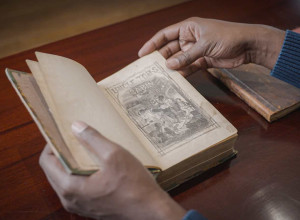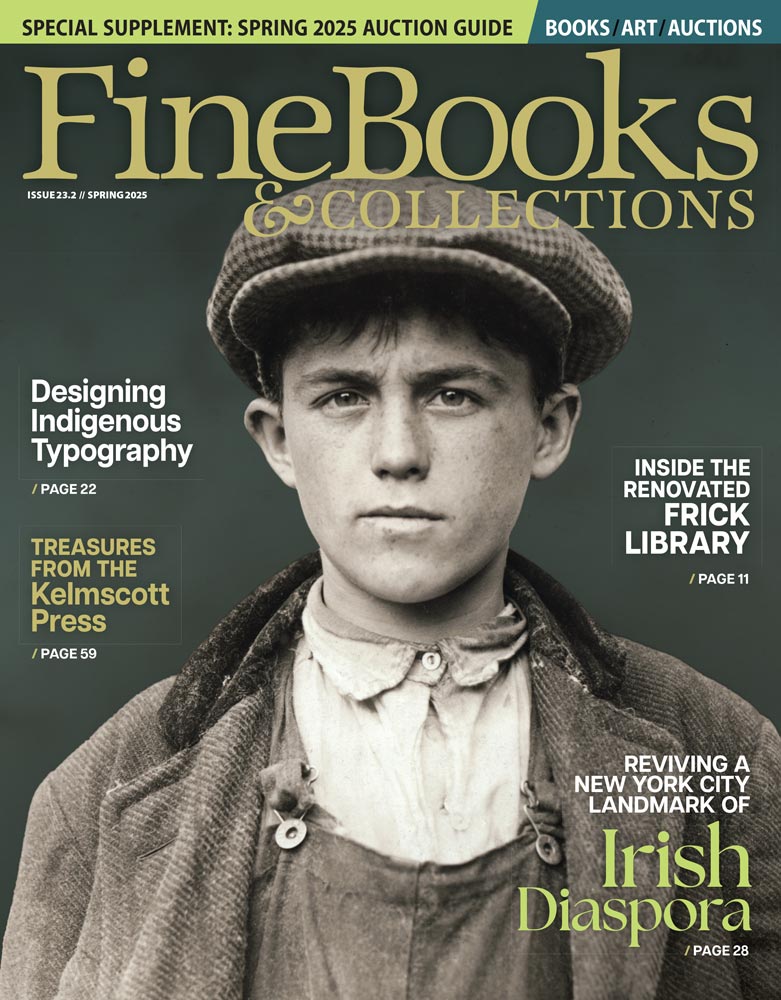The Getty Museum is among the few institutions in the United States that collect and regularly display illuminated manuscripts from the Middle Ages and Renaissance (about 500–1550 CE). Each of these books has a unique history, and clues in the objects themselves often provide tantalizing evidence of their meanderings through time. When the manuscripts were originally made, they were used and collected primarily by wealthy (especially male) European aristocrats as well as the powerful Roman Catholic Church and its members. From these origins, the volumes were passed down through families or institutions, dispersed to libraries, purchased by private individuals, or collected by museums.
“Over the past decade, Getty’s Department of Manuscripts has been documenting the history of its collection of about 225 objects and publishing the findings online. The effort not only helps us confirm that the artworks were legally acquired but also increases our understanding of the appreciation for these books at different times,” says Elizabeth Morrison, senior curator of manuscripts at the Getty Museum. “This exhibition celebrates that project by presenting some of the most intriguing stories behind these exceptional works.”
The exhibition’s first section, Libraries, concentrates on the practice of collecting books in libraries, a concept nearly as old as the written word itself. In Western Europe during the Middle Ages, Christian monasteries and churches built up their collections for use during religious services, while literary works and scientific treatises were copied to ensure the preservation of knowledge. Royal and aristocratic patrons of the era created libraries of manuscripts as a status symbol, as well as for education, enjoyment, and spiritual devotion. In later centuries, state, university, and private libraries established manuscript repositories to preserve cultural heritage. Today, institutions like art museums collect illuminated manuscripts to serve as visual libraries of the past.
Owner’s Marks focuses on collectors of manuscripts and how they often left evidence of their ownership over time in the illuminations, margins, flyleaves, and bindings. As a way of laying claim to the work and to show pride of possession, they may have added their family’s coat of arms, a portrait, or an identifying stamp or bookplate. The information furnished by such marks can help to reconstruct the manuscript’s history from when it was made to the present.
Collectors in the Modern Age highlights the modern practice of collecting illuminated manuscripts, from the 18th-century procedure of cutting up books to make the illuminations more marketable as small paintings, to the 19th century when many dynastic families connected wealth to the quality of one’s library. In the 20th century and beyond, collecting illuminated manuscripts became a specialized area of bibliomania that extends to passionate individuals and public art institutions.
The final section, Provenance in Focus, features a single manuscript as a case study to explore the pursuit of provenance, the ownership history of an object. “Tracing provenance sheds light not only on collecting practices but on the international political forces that impact the movement of objects,” explains Aleia McDaniel, curatorial assistant of manuscripts at the Getty Museum. Published and unpublished material, online databases, digitized archives, and sometimes clues in the work itself can lead scholars to accumulate more information about the travels of an object over time.
A Passion for Collecting Manuscripts is co-curated by Elizabeth Morrison, senior curator of Manuscripts at the Getty Museum, and Aleia McDaniel, curatorial assistant at the Getty Museum.


























